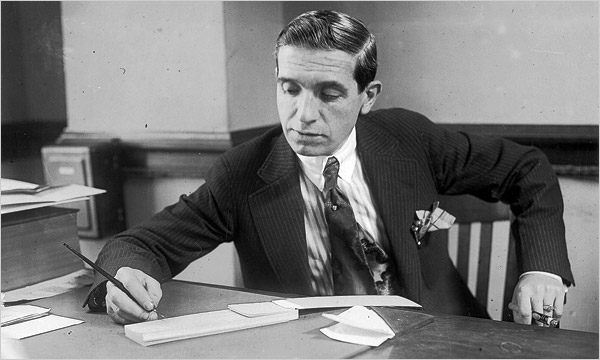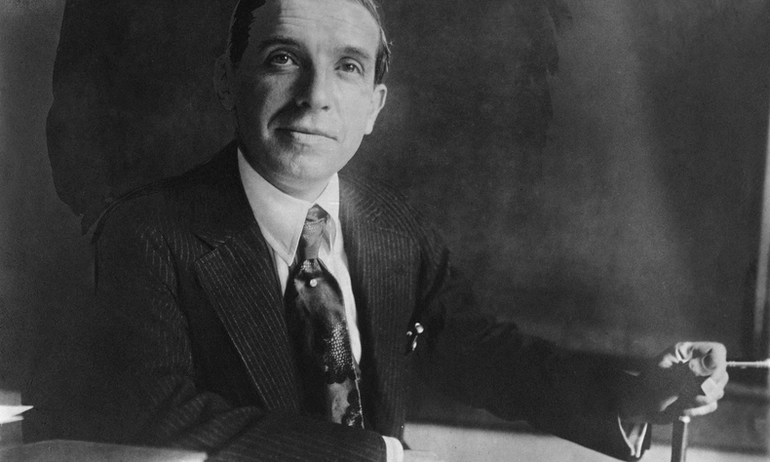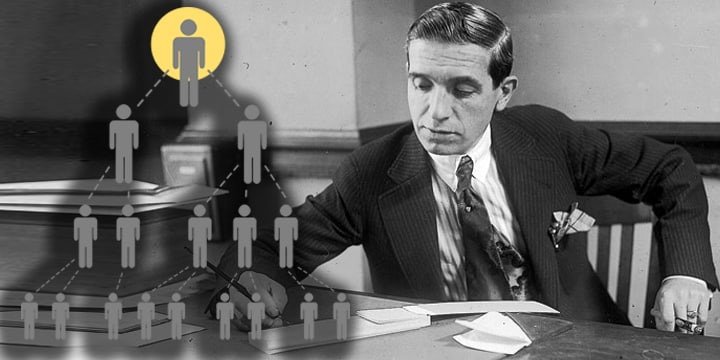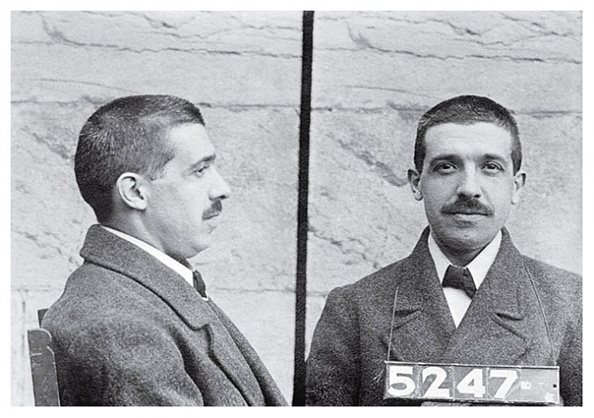In the summer of 1920, Boston was gripped by financial fever. Thousands of people, from working-class laborers to white-collar professionals, were handing over their life savings to a man who promised them the impossible a 100% return on investment in just 90 days. The man behind the pitch was Charles Ponzi, and for a brief moment, he seemed like a financial genius. But by the end of that same summer, the illusion crumbled, leaving devastation in its wake. The scandal was so profound that it gave birth to a new term still used today: the “Ponzi scheme.”

A Deal That Seemed Like a Gold Mine
Charles Ponzi was an Italian immigrant with big dreams and a gift for persuasion. When he arrived in the United States, he bounced from job to job and even served time for forgery and smuggling. But in 1919, he came up with a new idea that he believed would make him and his investors rich beyond imagination.

Ponzi claimed he had found a way to profit from the differences in international postal reply coupons, which were used to pre-pay postage in international correspondence. He told investors he could buy coupons cheaply in one country, like Italy, and redeem them at a higher value in the U.S. Due to fluctuating exchange rates and inflation after World War I, this sounded plausible.
What Ponzi promised was extraordinary: a 50% profit in 45 days, or double your money in 90 days. And incredibly, he began paying early investors exactly that prompting them to reinvest and spread the word.
Video:
What is a Ponzi Scheme?
Boston Buys In
As the word spread, people began lining up outside Ponzi’s office to hand over their money. He wasn’t offering slick sales pitches he simply pointed to the satisfied investors walking away with large returns. Soon, people were cashing in savings accounts, mortgaging their homes, and borrowing from friends to invest.
At its peak, Ponzi’s company, the Securities Exchange Company, was raking in over $1 million a week a staggering amount at the time. Banks, reporters, and even financial professionals were baffled. How could one man be beating the system so effectively?
The truth? He wasn’t.

The Cracks Begin to Show
What Ponzi had created was not a clever arbitrage system. It was a classic pyramid structure he was using money from new investors to pay earlier ones, giving the illusion of profitability. The postal coupon explanation was simply a front. In reality, Ponzi had only purchased about $30 worth of coupons, despite taking in millions of dollars.
As the money rolled in, Ponzi lived like a king. He bought a mansion, wore expensive suits, and flaunted his success. But in the background, skepticism was growing.

The Boston Post Investigation
In July 1920, The Boston Post, one of the city’s most respected newspapers, launched an investigation. A financial analyst hired by the paper discovered that Ponzi’s claims simply didn’t add up. There weren’t enough postal coupons in circulation globally to justify his profits.
The tipping point came when government officials and reporters realized Ponzi’s math was impossible he would have needed to ship 160 million coupons to match his claimed profits, which clearly hadn’t happened.
Video:
Ponzi: The Financial Idiot Who Scammed the World
By August 1920, the scheme unraveled. Authorities discovered Ponzi had taken in over $15 million from 40,000 investors equivalent to around $300 million in today’s dollars. He was arrested, charged with mail fraud, and sentenced to 3.5 years in federal prison.
Aftermath: Ruin, Regret, and a Lasting Legacy
When Ponzi’s scheme collapsed, thousands of families were left ruined. Many had trusted him with their last dollars. Some lost their homes. Others never recovered financially. The public outrage was immense, and Ponzi’s name became synonymous with fraud.
After serving time, Ponzi was deported to Italy. He spent his final years in poverty and obscurity in Brazil, dying in a charity hospital in 1949.
But the legacy he left behind was unforgettable. His name is now forever linked to investment fraud based on unsustainable promises, and “Ponzi scheme” has become a permanent fixture in the financial world—a cautionary tale of greed, deception, and misplaced trust.

Conclusion: A Lesson That Still Echoes Today
The story of Charles Ponzi is more than just a historical footnote. It’s a reminder that if something sounds too good to be true, it probably is. Ponzi’s charm and promises blinded even the most cautious investors, proving how easy it can be to fall for an illusion of wealth.
Today, modern Ponzi schemes still surface, often dressed in new disguises cryptocurrency scams, fraudulent hedge funds, or fake investment clubs. But the blueprint remains the same.
And it all started with a man in Boston, a promise of quick riches, and a wooden desk that turned dreams into disaster.


